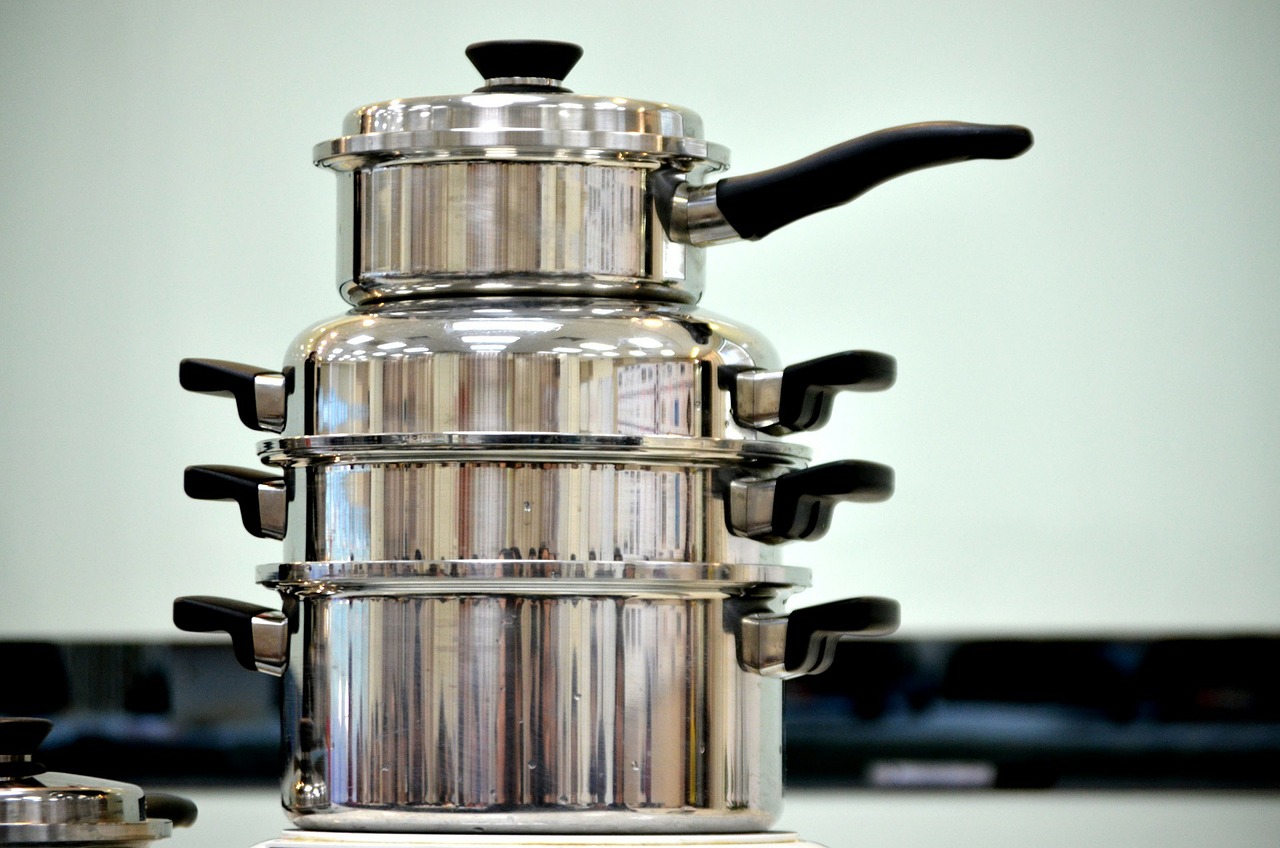Is Steel Really the Best Material for Your Cookware?
We’ve blogged at length about how amazing steel is as a material – in fact, if there’s a job to be done, it’s very likely that there’s a steel that’s perfect for it! Sometimes it’s because the make-up of the steel and its characteristics are perfectly suited to the job, whereas for some other cases, the cost of the steel is cheap enough to make it much more financially viable to use steel than other materials. Surgical implements made from stainless steel have greatly improved hygiene in hospitals and operating theatres, whereas cutlery from stainless steel is far cheaper than its silver counterparts.
Cookware made from stainless steel is incredibly popular in kitchens – partially because it’s easy to clean, hygienic and very hardwearing while also being much cheaper and easier to work with than the traditional copperware of previous years. However, what sort of stainless steel is your pan set made from, and is it really the best material – or is there another option that is better for your cookware?
Firstly, we have to recognise that there are multiple different types of stainless steel. The original ‘rustless steel’ that was created by Harry Brearley was what we now call a martensitic steel, but there are huge numbers of different types of stainless now in existence.

Another austenitic grade similar steel to 304 is 316, which has the same scaling temperature, but it performs better in corrosive environments – it’s far more common to see 316 in use around sea water, electrolyte rich environments and even to protect against various acids, as it outperforms 304. If you think about cooking, adding heat to your ingredients increases the amount of energy they have, which makes chemical reactions – in this case corrosion – occur more quickly, meaning that 316 could be a more robust option for pans and help them last longer.
There are other stainless steels that are better suited to high temperature uses, such as 310 – which resists damage and remains stable up to around 1100°C whilst not succumbing easily to oxidation scaling and retaining high strength as the heat creeps up.
While each of these grades has a benefit for use in cookware, pans and kitchen utensils, this is where the cost of the steel now raises its head. 304 is by far the cheapest material of the three, the next cheapest would be 316 and then 310 has very high costs, comparatively. While it would make sense to use 310 to create much more robust pan sets, the additional uplift in cost makes the extra benefit much less attractive! Until technology moves on to allow our pans to be made from a different, space-age material that is cheap, effective and long-lasting, we’re more than happy for 304 stainless to grace our kitchen!
